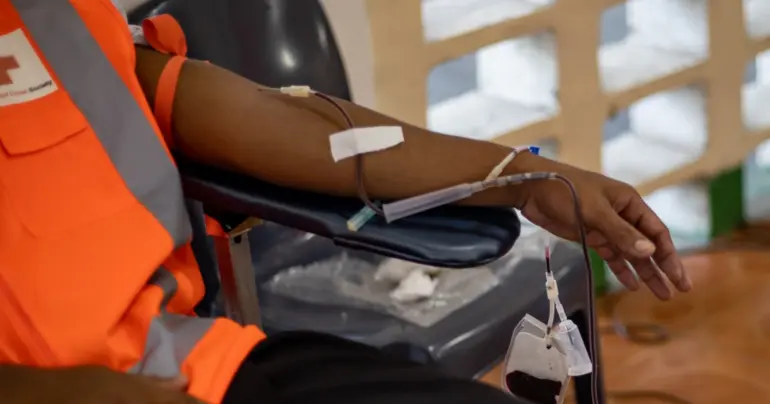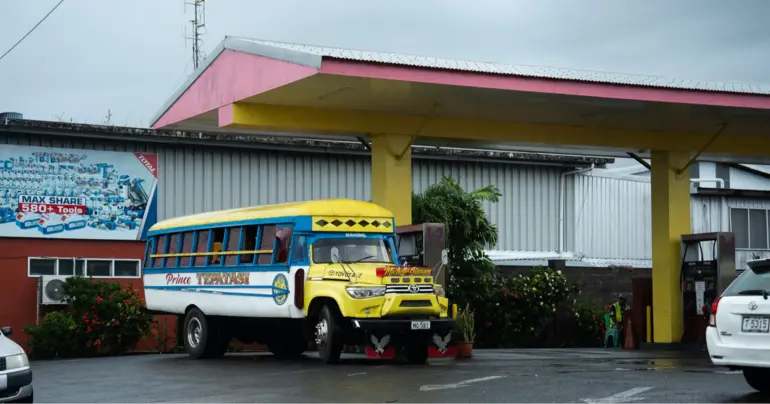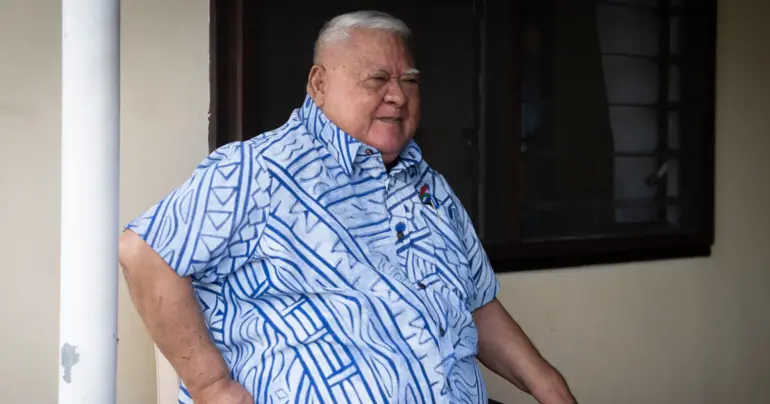Book to promote wonders of science to readers
 By Marc Membrere
•
06 August 2020, 12:00PM
By Marc Membrere
•
06 August 2020, 12:00PM
A new booklet has been launched to encourage Samoans of all ages to explore the wonders of science.
The booklet is the brainchild of the Science Circus Pacific [S.C.P.] team at the Australian National Centre for the Public Awareness of Science at the Australian National University in partnership with Imagine Samoa.
Science Circus Pacific Coordinator, Joe Duggan, in response to questions from the Samoa Observer said they have been working with Imagine Samoa since early last year as part of their broader Pacific programme, and are supported by the Australian Government’s Department of Foreign Affairs and Trade.

"S.C.P aims to build capacity in science, technology, engineering, and maths [S.T.E.M.] education and communication in Pacific Island nations. It aims to share the wonders of S.T.E.M. with Pacific students, teachers, and the wider community to create the curiosity, skills, knowledge, and motivation needed to support individual careers and countries’ development," he said.
"We have created this booklet alongside our colleagues from Imagine Samoa to encourage Samoans of all ages to explore the wonders of science.
"Many students think science is something that happens in textbooks, which is sad because textbooks aren’t much fun. The result is bored unmotivated students who don’t learn as well – learning works best when it is fun and hands-on.”
Mr Duggan said their objective behind the production of the booklet is to provide an enjoyable, interactive way for students to discover science.

“The activities allow students to experience science themselves – they remember best when they actually do things themselves, rather than just reading or being told about them.”
According to Mr. Duggan, the activities can be used directly with students as class activities or as demonstrations by teachers or students can even try them at home with the help of an adult.
When asked about some of the activities connected to the Samoan curriculum in the booklet, he explained one of their favorites which is the "upside-down water."
"It involves half-filling a cup with water and placing a plastic plate on top of the cup before turning all of it upside down. If you do it slowly and carefully, the plate stays stuck to the cup and the water stays inside without falling!" he said.
"This demonstration shows two principles. The main one is the strength of atmospheric pressure or the weight of air pushing on things. Air is actually quite heavy and pushes in all directions. Gravity would usually cause water to fall from the glass, but atmospheric pressure pushes up on the plate holding it on. The air inside the glass is sealed off by the water and glass and as you invert the cup the pressure inside reduces slightly.”
Mr Duggan explained that the atmospheric pressure outside is higher than the pressure inside, hence enabling the plate to be held on.
He added that the second principle is adhesion – water sticking to other things and itself – and water is attracted to other molecules of water and also to the card which helps hold the card in place.
“These are all scientific principles that are taught in the primary and secondary curriculum in Samoan schools, and you can discover them yourself using simple everyday items!
“What we’re hoping is that these experiments can inspire teachers and students to explore new, hands-on ways of exploring science. We hope this will change how students view science, get them excited, and encourage future study and even careers."
As to whether there has been feedback from the local authorities in Samoa, he said staff at the Ministry of Education Sports and Culture [M.E.S.C.] were impressed.
"We can now announce that Imagine Samoa will be donating 1,000 hard copies of the booklet to the Ministry of Education Sport and Culture so that it can be provided to every single school in Samoa," he added.
"We hope to hear from many of Samoa’s teachers around what they find useful and how we could change the resource so that it better suits their needs – for any questions, suggestions and especially pictures and stories of how people use the book please let us know via our Facebook page."

There has also been positive feedback from students, teachers, principals, school inspectors, and M.E.S.C following the interactive and fun science shows in schools that are presented by trained local science animators.
"Later this year, in collaboration with M.E.S.C., the Imagine Science and Technology Team will take the science shows to schools in Savai’i," he revealed.
When asked if there will be any similar booklets released in the near future he said, "As the COVID pandemic continues to unfold across the world, the S.C.P team remain committed to their work in Samoa and are exploring how else we can work with our Samoan friends to create more fun and exciting ways to enjoy S.T.E.M."
"We are excited to work more with the team from Imagine Samoa and the Ministry of Education Sport and Culture to identify what it is that Samoan students, teachers, and families want and need in S.T.E.M. education.”
 By Marc Membrere
•
06 August 2020, 12:00PM
By Marc Membrere
•
06 August 2020, 12:00PM











